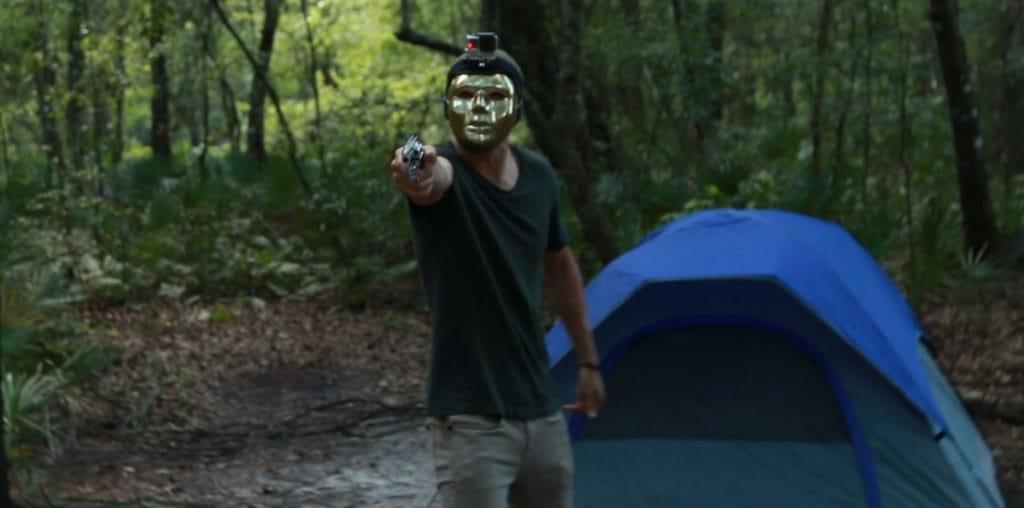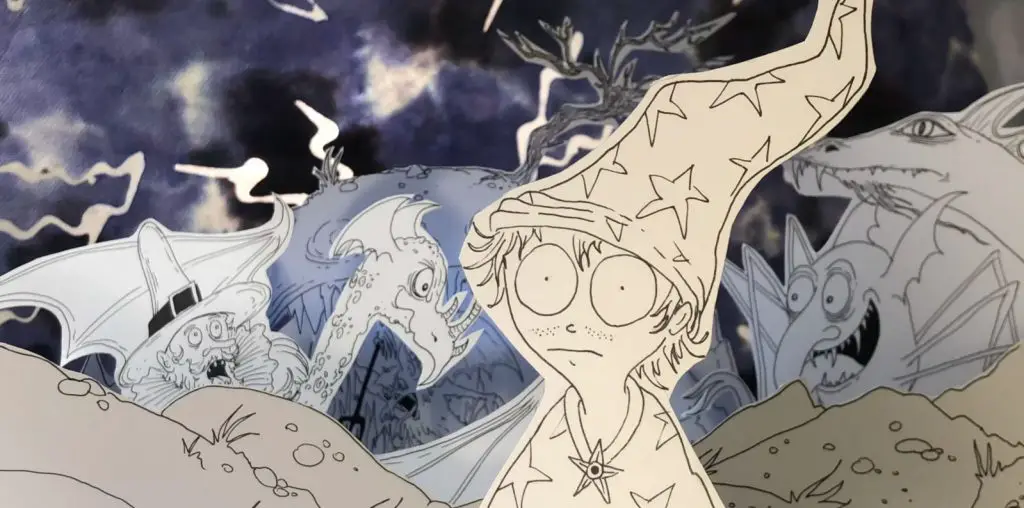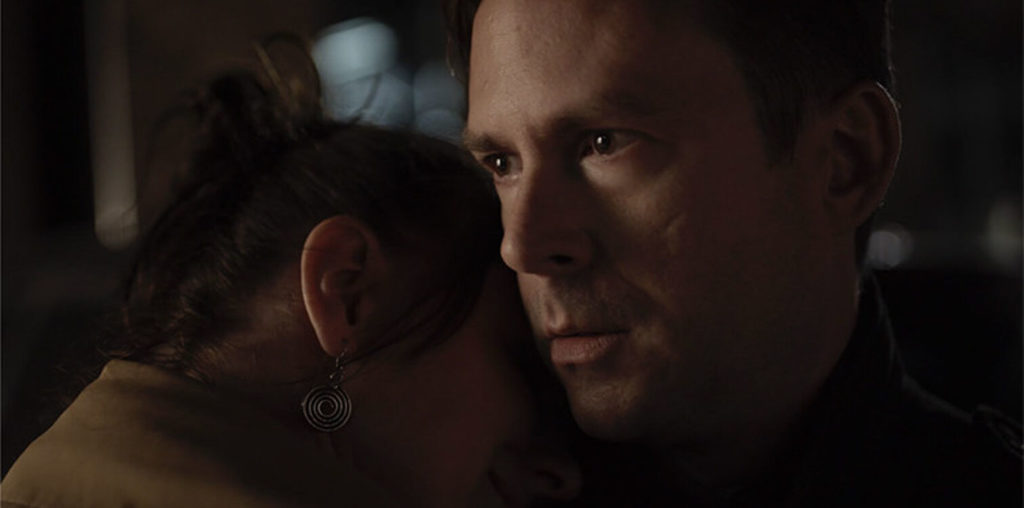
Remember being amazed by how cheap they made ‘em? Richard Linklater, Robert Rodriguez, Spike Lee, Kevin Smith, all those indie auteurs from the 1990s or thereabouts making breakthrough films for thousands – not millions – of dollars. Good for them? Yes. Good for the industry as a whole? Overall, probably so, as they and others like them punched holes in the fence of the entertainment industry’s exclusive gated community.
The rest of the unwashed filmmaking masses took note, and soon filmmakers making movies on the cheap were flooding the market with low and no-budget schlock. The barbarians had crashed through the gate and filmmakers making micro-financed indie epics were no longer news, except, perhaps, in their hometown papers.
Yet, the movie biz loves a novelty. So, with low dollar amounts no longer much of a big deal, Hollywood began to notice youth. While plenty of twenty-somethings were eager to fill this new demand, none can hold a candle to Emily Hagins, the subject of the entertaining, yet cautionary documentary “Zombie Girl: The Movie.”
As we learn in the film, Emily is a twelve-year old 6th grader in Austin, Texas who has been addicted to movies and moviemaking since early childhood. Seriously addicted, as in going to see “Lord of the Rings” some 30 times with her mom, Megan.
When “LOTR” director Peter Jackson answered her letter seeking advice about the industry while also putting her in touch with Austin movie guru Harry Knowles, it led directly to an internship with a local production company at age 10, and indirectly to Emily’s gutsy if naive decision to make her own feature-length zombie movie at age 12.
“Zombie Girl” lets us meet this most unusual auteur and follows her unlikely directorial debut throughout the tortured but persistent production of her film “Pathogen.”
While always respectful and plainly in admiration of their young subject, “Zombie Girl” co-directors Justin Johnson, Aaron Marshall and Erik Mauck don’t shy away from showing the inevitable conflicts that arise in such an unconventional venture.
Emily is a 12-year old, after all, struggling to be authoritative as a director while arguing with her crewmember parents about homework and gently pleading with bored pre-teen cast members to stick it out on-set long after the novelty and excitement of being in a movie had worn off.
Though painting Emily in a sympathetic light, “Zombie Girl” also doesn’t hesitate to show the mistakes she makes, couching such revelations in terms of the education and knowledge that she gleans from these darker moments.
The filmmakers show lots of behind-the-scenes moments, but very little of Emily’s finished film. While this is frustrating on the one hand, as it’s only natural to want to see what the kid came up with, it also points out the undercurrent running throughout this well-done documentary: that just finishing the film is an amazing accomplishment and makes her a filmmaker. Any moments in her film that manage to actually be entertaining are merely icing on the cinematic cake.
As “Zombie Girl: The Movie” points out, nobody is more aware of this than Emily, who, unlike so many first-time filmmakers twice or three times her age, is under no false delusions about her film. The documentary pays off with all the giddy excitement and anticipation of the film’s premiere at Austin’s Alamo Drafthouse Cinema, the theater where Emily and her mom had spent so many hours watching other filmmakers’ films.
Now she was about to watch her own epic unspool. Already at work on a brand new film, Emily Hagins had joined the club and was now their peer… even if she did have to ride home afterwards with her parents.


